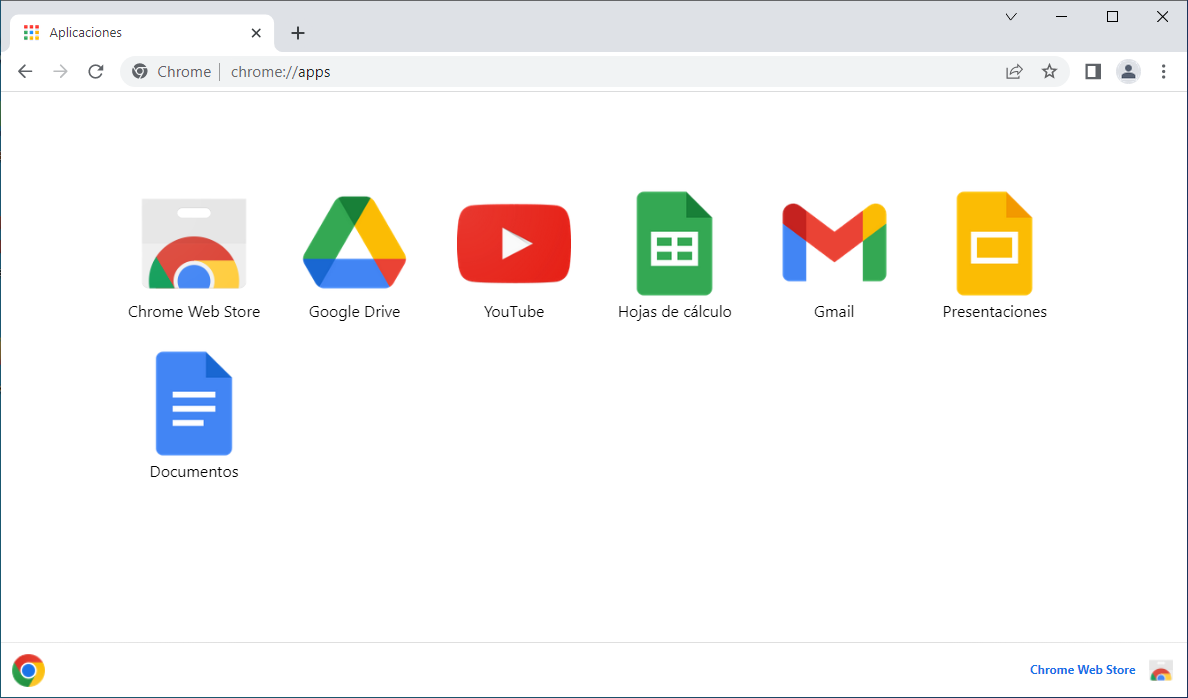Google is redesigning Chrome’s app menu

Open source technologies often open the door to generating internal competition. This is something that is seen in Linux and that also happens with chromewhose derivatives become, in specific cases, much more interesting proposals than the original project and its best-known derivative: Chrome.
Chrome’s app menu is accessible from the bookmarks bar if its button has not been disabled or by entering chrome://apps in the address bar. However, Google began in 2020 to gradually remove applications from the Chrome Web Store to power ChromeOS, its Linux-based desktop operating system, in addition to the fact that shortcuts to applications are usually found in the system launcher, which in Windows it is embodied by the Start menu. All of this translated into a Progressive abandonment of the applications menu in Chrome.
But despite still having a clear dominant position, Chrome is seeing more and more dwarfs based on Chromium, a technology that is also being mainly promoted by Google, but with the contribution of other giants such as Microsoft, whose Edge has been able to conquer to an outstanding number of users despite remaining a Lilliputian by comparison.
The Chromium-based Microsoft Edge is emerging as one of the most interesting derivatives with the most personality, which translates into the addition of its own features that differentiate it from the original project and from Chrome. The Redmond giant’s app is improving support for web apps by adding features like sync, so Google has maneuvered accordingly in response.

Current menu of Google Chrome applications.
It’s true that Chrome syncs installed web apps, but they show up as a monochrome icon when they’re not present on the computer you’re currently using. Google does not seem to intend, at least for now, to implement automatic installation, but it does grant or revoke access to common device APIs, the ability to display up to four app-defined shortcuts, launch options, uninstall on current or all devices, and a deep link to app settings.
All new features planned for the Chrome browser apps menu they should be accompanied by a redesign of the graphical interface. All of those improvements are intended to come to builds of Chrome for Windows and macOS.since Google started to sideline the development of Chromium for Linux some time ago, which has resulted in a certain comeback for Firefox on that system.
Chrome’s app menu overhaul, or at least the beginning of the overhaul, has already been merged into the Chromium code repository, so its arrival to users via Chrome builds for Windows and macOS should be matter of little time, but in these matters it is better to remain cautious.




